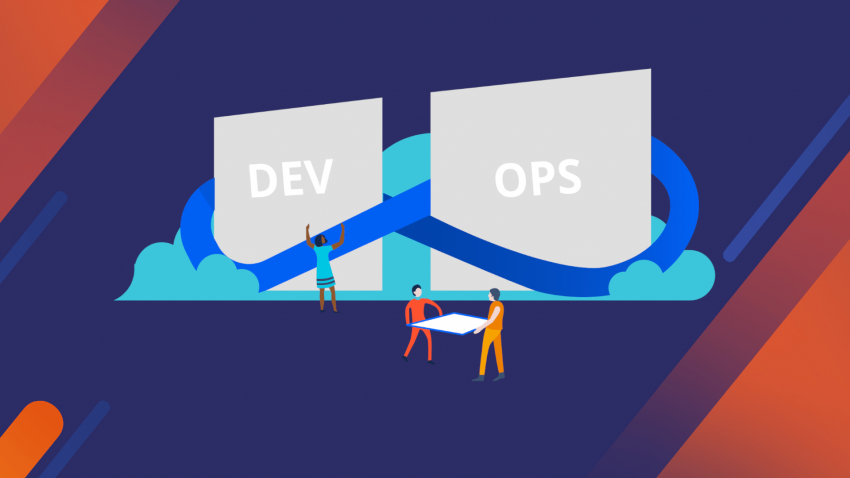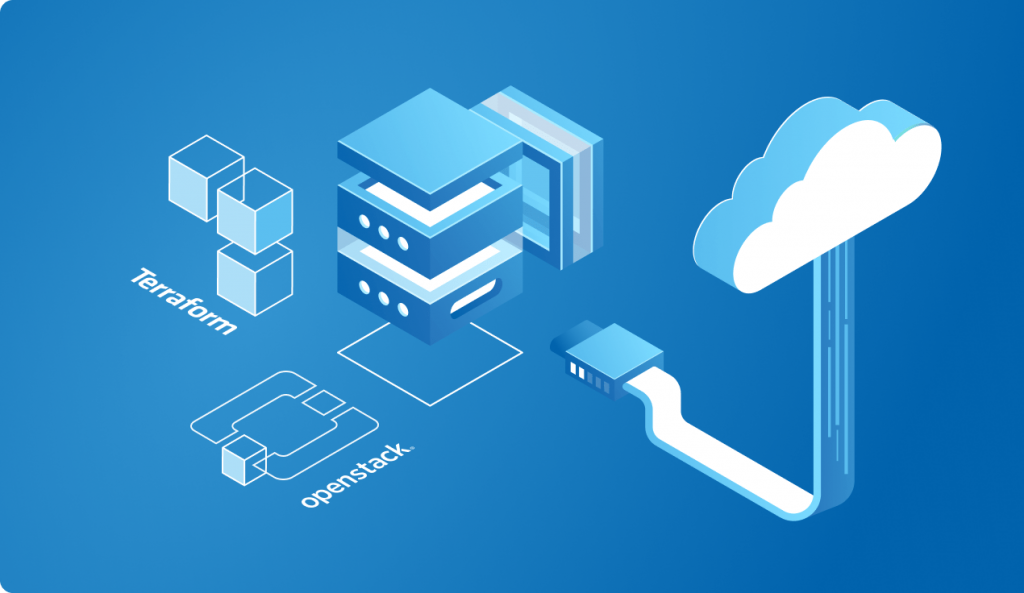Why is Terraform DevOps so good?

Maximizing the cost-efficiency of software delivery and IT infrastructure operations is the key component in ensuring a healthy bottom line for your business. If you are a software engineer seeking to make your work much easier and its results much more predictable, or a business owner in search of ways to minimize your spending on IT operations — you must have heard about Terraform DevOps tool. As a company with ample experience in providing DevOps services (https://itsvit.com/services/devops/), IT Svit can guarantee that Terraform is by far the most efficient configuration orchestration tool to date. Why so?
Terraform is not a new kid in the block, it is steadily becoming the mainstream way to deploy and manage Kubernetes clusters across various cloud platforms, virtual solutions and even bare metal servers. In sharp contrast to the rest of DevOps configuration management tools like Chef or Ansible, Terraform uses declarative, not procedural code in its manifests.

Thus said, DevOps engineers can describe the desired final system state and all the dependencies — and leave it to Terraform to manage the configuration stages. This greatly simplifies the configuration management process, as you don’t have to assess the current state of the system and perform time-consuming checks. Once a manifest is executed, a new environment with pre-configured parameters is created.
Manifests are text files stored in your VCS and they can be versioned like any other code. Thus said, all your team members can use the basic manifest prepared by the DevOps engineer and adjust it to their specific project requirements by simply updating several variables in the parameters. This is the practical realization of the IaC or Infrastructure as Code function, where a manifest prepared by one DevOps talent can be used without effort — and errors — by any other engineer across the globe with appropriate permissions.
Yet another benefit of Terraform is its “immutable architecture” approach. As the older tools cannot update lots of servers at once, each machine gathers its unique history of updates and configuration changes over time. This is called the “configuration drift” and can lead to performance issues and security breaches. Terraform removes this challenge by operating snapshots of infrastructure states. Each new update is caused by a change in the manifest and reverting or repeating it is as simple as loading the needed manifest version.

The client-side architecture used by Terraform ensures smooth and error-free communication with any other tools and cloud platforms. As Terraform interacts with other tools via APIs, there is no need to use a dedicated configuration management server and install software agents everywhere.
One more quite important benefit of using declarative code is its simplicity. Quite a small library of templates used as building blocks is sufficient to describe literally any infrastructure, while the additional primitives provided by the platform ensure your code is modular, clean and easily-repeatable.
The final two benefits of Terraform are its portability and all-in-one solution role. When you have one template describing infrastructure at AWS, Google Cloud, Oracle or another cloud platform, switching between providers becomes much easier if need be. Besides, having a centralized dashboard to manage your infrastructure across a variety of platforms and environments is much more convenient than dealing with a bunch of control panels.
These are the reasons for wide Terraform DevOps adoption. Hopefully, you will find Terraform as useful and convenient as we do, and if you have any question — we would be glad to answer!
